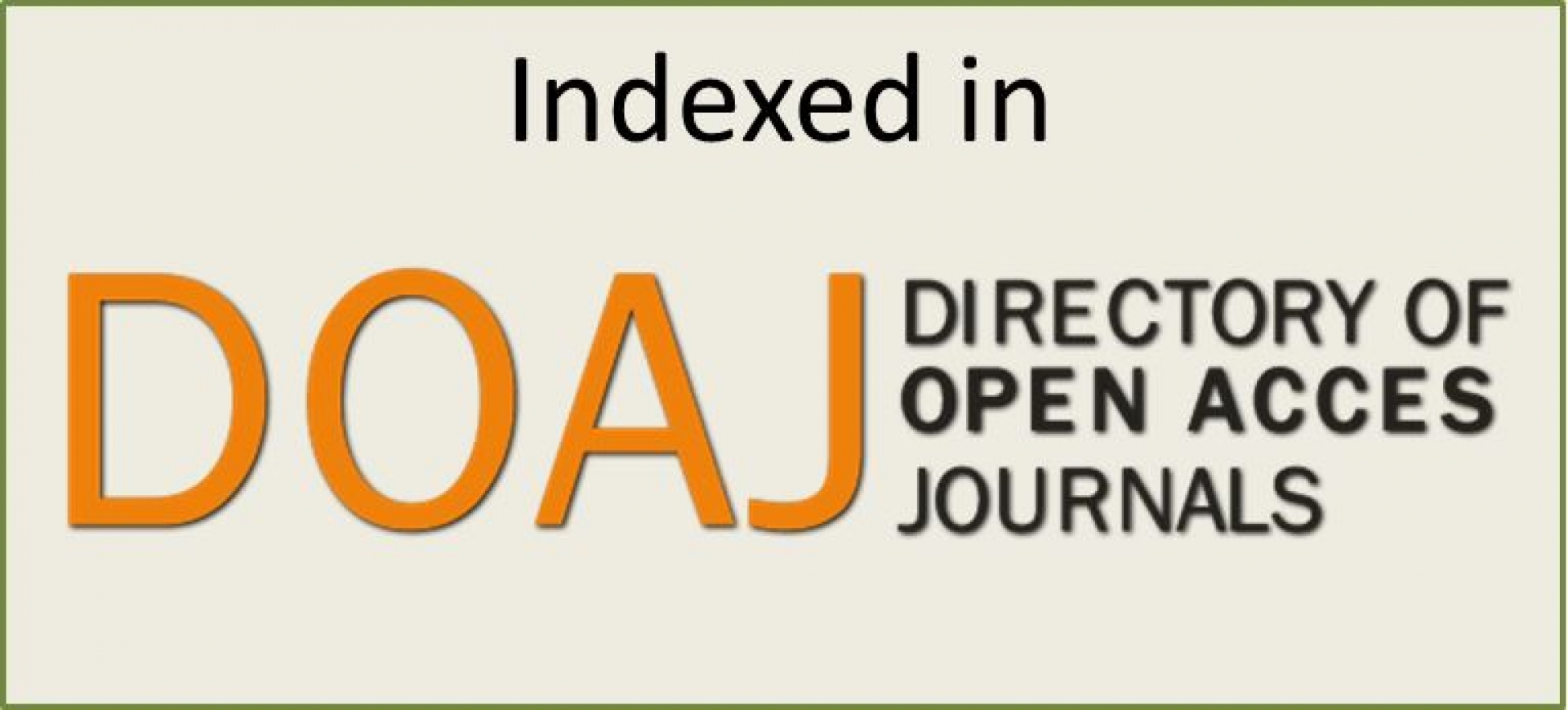CARTAS AL EDITOR
DOI 10.25176/RFMH.v19i3.2150
1 Faculty of Human Medicine, Ricardo Palma University, Lima-Peru.
2 Institute of Biomedical Sciences, Ricardo Palma University, Lima-Peru.
a Student of human medicine.
b Surgeon doctor.
Mr. Editor
The incidence of schizophrenia in developed and considered developing countries ranges from 7 - 14% per 100,000 inhabitants, according to reports to 2019 of the World Health Organization (WHO)1.
Schizophrenia is one of the most serious mental illnesses that exist, affecting the patient's thoughts, will, emotions and social relationships, directly involving their closest relatives2.
In general, the causes that lead the patient to develop schizophrenia are not known, however, it is known that those patients where family members have suffered from schizophrenia are more predisposed to have it. There are currents that strongly support the theory that there are alterations in the neonatal brain or even before birth that will cause these structural alterations in neurotransmitters, especially in dopamine and serotonin3.
An important relationship between drug dependence and schizophrenia has been observed, an example of this is what happens in the USA, where it is estimated that 40% of people had this association4. In Sweden, New Zealand, and the United Kingdom the average registered reaches 15% of patients5,6.
In Peru, it is estimated that patients with schizophrenia and a history of cannabis use reached 1.4% in the last year. According to scientific vidence, it has also been found that cannabis use has been associated in 15% with the presence of delusions and hallucinations, as well as auditory and/or visual disturbances of a transitory nature7.
At present, it has been observed that the prevalence of drug dependence is high in cannabis users. And despite what was initially observed in some studies on the predominance of male cannabis users and the association with schizophrenia, it was found that prevalence is more related to women.
In relation to age, there is a prevalence above 44% between cannabis use and the association with schizophrenia directly related between 20 and 30 years old2,7. But the trend for cannabis use is estimated at 60% in patients under 20 years old4 (See Table 1).
| REF. | YEAR | COUNTRY | SAMPLE | PREVALENCE | SEX | AGE | |||
|---|---|---|---|---|---|---|---|---|---|
| < 20 YEARS | 20 TO 30 AÑOS | > 30 YEARS | |||||||
| 2 | 2012 | Bolivia | 530 | 60% | Male:
49% Female:51% | 23 % | 30 % | 30 % | |
| 4 | 2017 | USA | 32 330 | 43% | Male:33% Female:67% | 67 % | 36 % | 1 % | |
| 5 | 2004 | New Zealand | 759 | 18% | Male:59.5% Female:40.5% | 65.1% | 34.1% | 0.8 % | |
| 6 | 2014 | Sweden | 50 087 | 17% | Male:98% Female:2% | 93 % | 4 % | 3 % | |
| 7 | 2015 | United Kingdom | 758 | 9-14% | Male:33% Female:67% | 19 % | 63 % | 18 % | |
In these times where every time the opening of laws for its acceptance as free consumption in some countries of Europe and South America. We must pay close attention to vulnerable sectors of the population to avoid public health problems such as the increase in schizophrenia.
The supervision of parents, teachers and health professionals should be a priority task for the educational development of children and make it easier for adolescents to understand that the use of cannabis can cause severe problems that lead to the development of personality disorders in an irreversible way.
It is important that the state implements new policies in the education, psychology, health and social work sectors that help in the training in strongly discouraging cannabis use among psychologically vulnerable adolescents.
Our look should be attentive to the predisposition of the female sex as a point of vulnerability. Especially for the macho society in which we live, where women are exposed to many dangers, such as sexual violence and femicide that has plagued us in recent years, which can trigger the use and abuse of drugs, especially cannabis.
Authorship Contributions: The authors participated in the generation, collection of information, writing and final version of the original article.
Financing: Self-financed.
Interest conflict: The authors declare no conflicts of interest in the publication of this article.
Received: March 12, 2019.
Approved: May 12, 2019.
Correspondence: German Rossani Alatrista.
Address: Calle José del Llano Zapata 245, Miraflores, Lima-Perú
Telephone: 996414005
E-mail: grossani@ingecel.com
